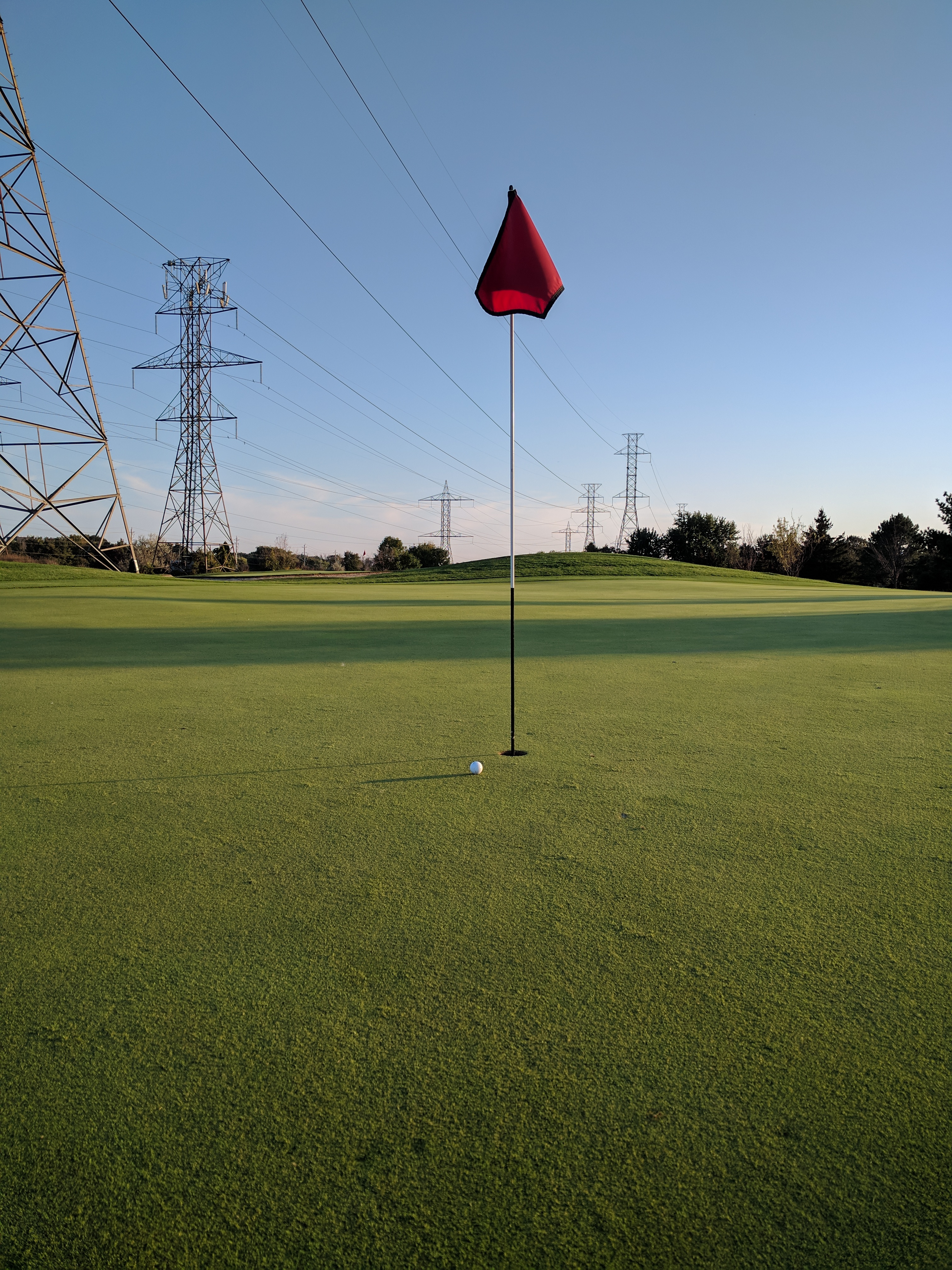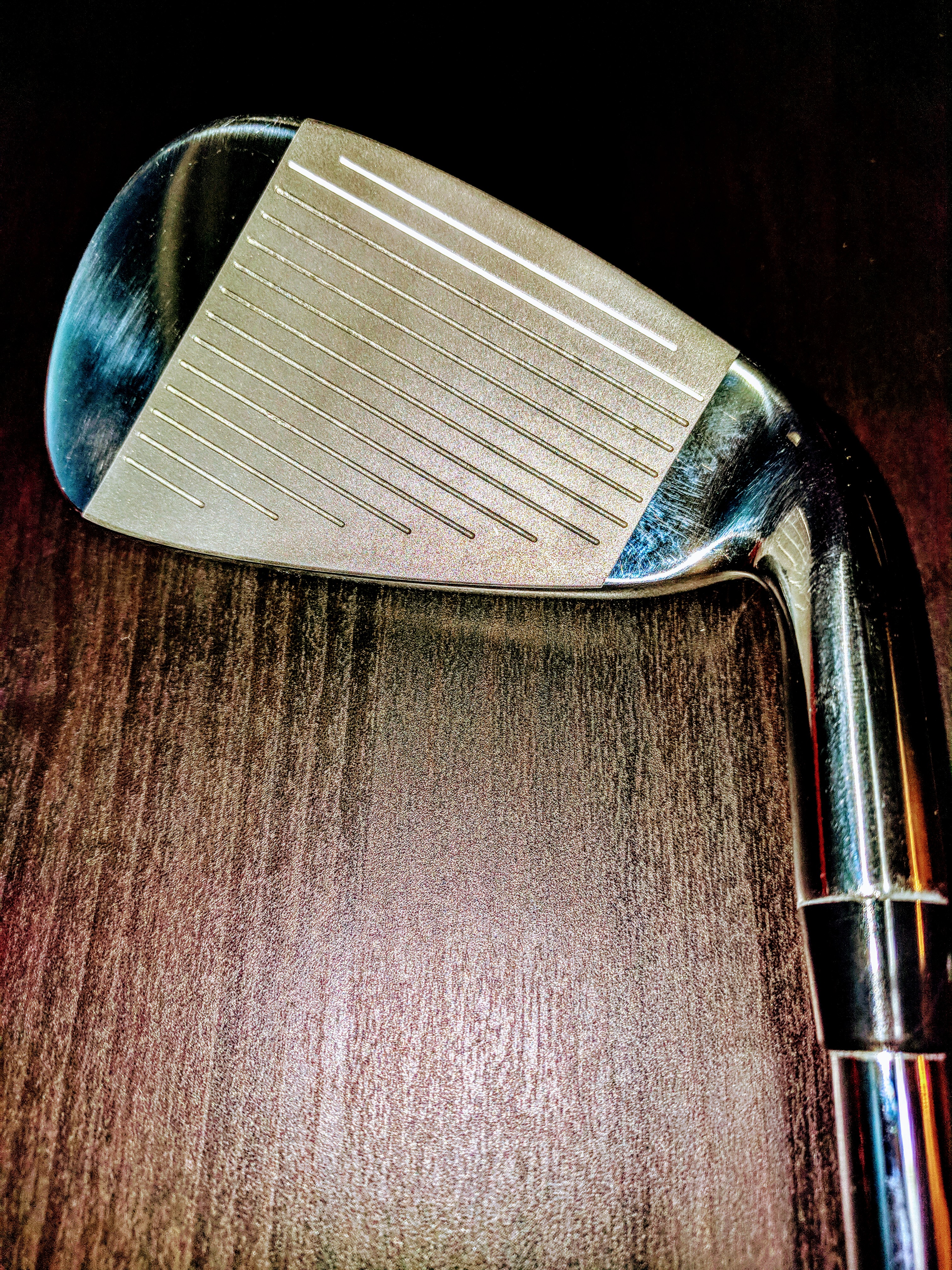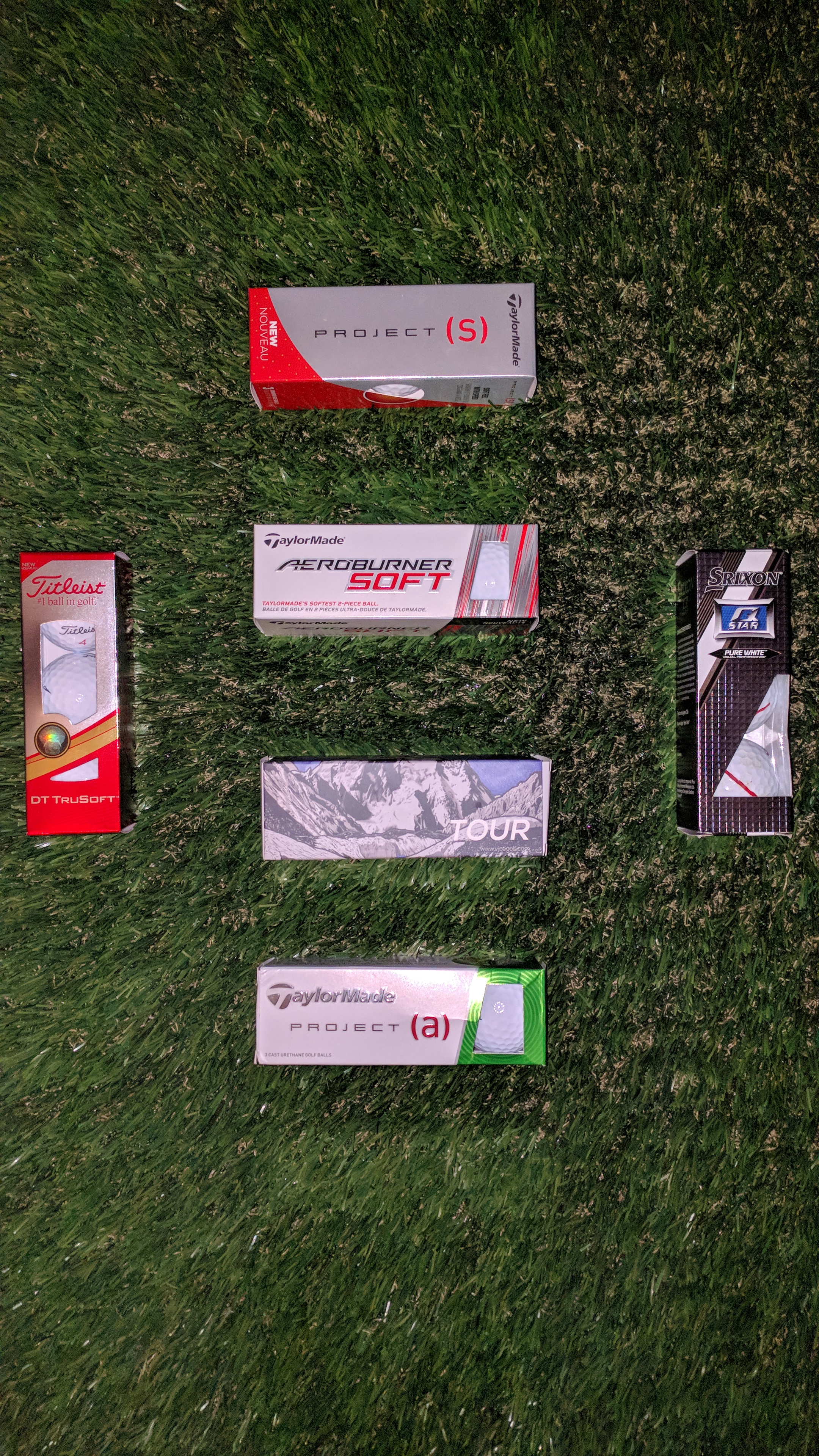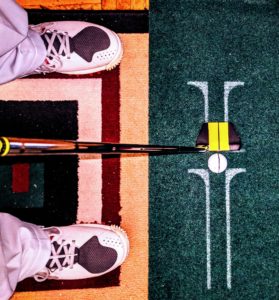THE GOOD
So there are some of you that believe that simulators are only good for testing the distance and spin of golf clubs. The only time you even use a simulator is when you are at your local golf store testing to see if the newest Driver will help you hit longer off the tee. Now for those of you that are lucky enough to live where golf can be played year round. Well I can understand why you might not be interested in simulator play. Although there are benefits to using one every now and then.
I’ll begin with the obvious, which is to figure out your distances with each club. What many beginner golfers might not realize is that it’s important to know two distances with each club. If I were to ask you how far you hit your 7 Iron. Your answer might be, roughly 140 yards. What your answer should be is, I carry it about 135 yards, and average 140 yards total distance. It’s just as important to know your carry distance. On the course it isn’t enough to know the total distance to the Pin. What if the total distance is 175 yards, and that’s how far you hit your 4 Hybrid. In order to get there though you have to carry a pond that’s 165 yards to the opposite edge. Sounds doable right? It would be except your actual carry distance with your 4 Hybrid is only 163 yards. So unless you hit it perfect you are likely to end up in the water. The great thing about Simulators is that they are better at measuring Carry distance than total distance. While playing on the course it’s easy for you to figure out total distance if you use a GPS or Rangefinder. Carry distance, not so much.
How often do you find yourself on the course with a difficult to execute shot, and decide against trying it because it could result in a lost ball, and big number on the scorecard? Then of course you wonder later if you could have made it. Well those are exactly the type of shots you can learn to make in a simulator. Punch shots, high flops, controlled draws or fades. You can try them out during a simulated round of golf and see if you are able to make them. Pretty soon shots you might have been nervous about will begin to seem relatively easy. That confidence will then carry over on to the course. There is nothing more important than your degree of confidence when standing over a shot. Simulators can help give you that.
THE BAD
Is playing a round of golf in a simulator comparable to real world golf? In a word NO. In the real world I’m a 22 handicap. If I actually calculated my Simulator handicap I would be about a 11 handicap. How often do you get a perfect lie on the course, on perfectly even ground? The correct answer is never, with the odd tee box as an exception. Fatigue plays a role in every round of golf as well. I would be lying if I said that I didn’t experience a bit of fatigue while playing a simulated round. It’s nothing compared to the level of fatigue I experience over the course of a real round of golf though. On an actual course I usually find myself clubbing up over the last few holes because I am unable to swing as hard accurately. In a simulator I play the appropriate club all the way until the end.
Another thing a simulator can’t recreate is weather conditions. Now this could also be considered a bonus because nobody enjoys playing in the rain or high winds. Sure you can simulate how it will affect ball flight, but it doesn’t affect how your swing would change if you were wet and the grips on your clubs had become slippery.
LETS NOT FORGET FUN
The problem most golfers have with Simulators is that they instinctively compare the experience to actual golf. What you should really be doing is seeing it as an entirely different thing. Consider it to be more of an extremely high tech video game. You don’t see football players complaining about the lack of realism in Madden. Car buffs can’t wait to get a video gaming race seat to play Gran Turismo in. Both of those examples aren’t remotely close to the level of realism golfers get to experience in a Simulator. Maybe it’s because the current technology has come so close to feeling like the real thing that we forget that deep down it’s still just a game. A game that fortunately for us can help us improve our ability to play the real thing.













